Day 4: You'll have a boat trip to an imperial palace of Emperor Qianlong in Suqian city during his inspection visits to Jiangsu and later have a cultural tour inside the Mausoleum of Lord of Chu State and the museum of terracottas and horses of Han Dynasty in the Han Culture Resort in Xuzhou city.
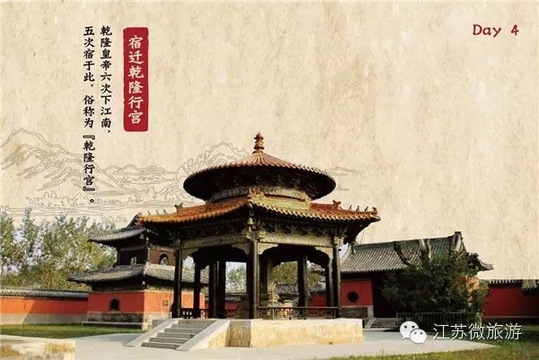 |
|
During his several inspection tours to the regions south of the Yangtze River, Qing Dynasty Emperor Qianlong (1711-1799) picked Zaohe, a town in Suqian as an imperial palace site, which is now a vast court-like complex covering more than 20,000 square meters. [Photo/provided to chinadaily.com.cn] |
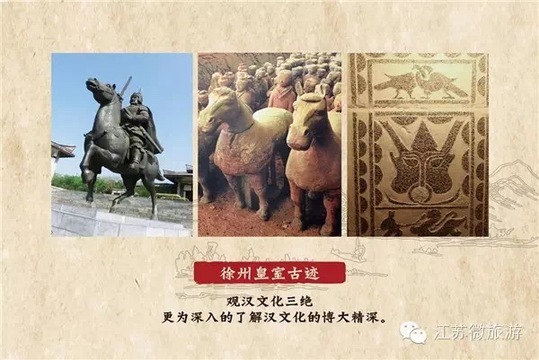 |
|
The Mausoleum of the King of Chu State, the Han Terracotta Warriors and Horses Museum and the Gallery of Han Dynasty Stone Reliefs in Xuzhou are key attractions for visitors to explore the "Han" culture in ancient China. [Photo/provided to chinadaily.com.cn] |
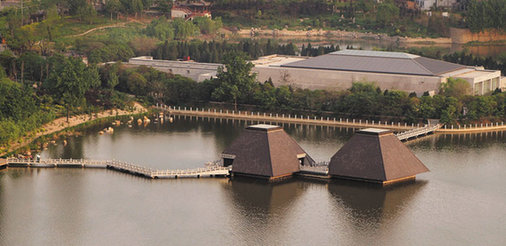 |
|
More than 4,000 pieces of terracotta warriors and horses with vivid expressions have been unearthed in 1985 in the tomb of Liu Wu, the third Lord of the State of Chu during the Western Han Dynasty in Xuzhou. The Han Terracotta Warriors and Horses Museum in Xuzhou, Jiangsu province opens to the public in 1985 on the original site of discovery and occupies an area of 20,400 square meters. [Photo/tour.xz.gov.cn] |
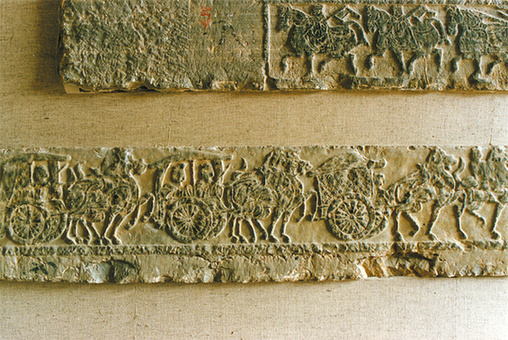 |
|
The Gallery of Han Dynasty Stone Carvings in Xuzhou, Jiangsu province. Located within the Han Culture Resort with the Han Terracotta Warriors and Horses Museum and the Mausoleum of the King of Chu State, the Gallery of Han Dynasty Stone Reliefs covers an area of 20,000 square meters. It is a special museum established to collect, display and study the stone carvings of Han Dynasty. [Photo/tour.xz.gov.cn] |
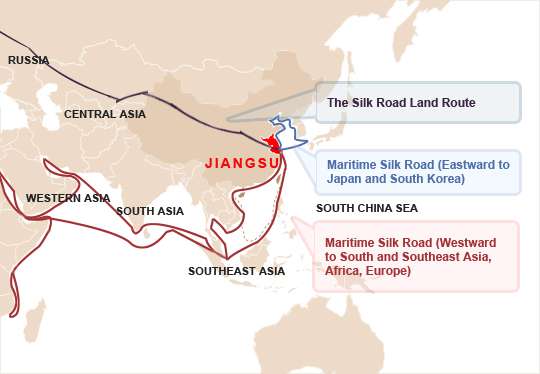 |
|
The ancient Silk Road was the trade and cultural crossroads that connected China, India, Mesopotamia, Egypt, ancient Greece and Rome in history. The Silk Road has derived its name from the Chinese silk trade that first began and flourished during the Han Dynasty (206BC-AD220). As a main silk production area, Jiangsu province has been closely connected with the ancient Silk Road throughout history. Nanjing, the capital of Jiangsu province, was the departure point for Chinese navigator Zheng He's seven epic voyages across the Indian Ocean. Suzhou is known as the "capital of silk" due to its high-quality silk. Yangzi Jin in Yangzhou, an intersection point of the Yangtze River and the Grand Canal, used to be the convergence point of the land and maritime routes of the Silk Road in Tang Dynasty. |